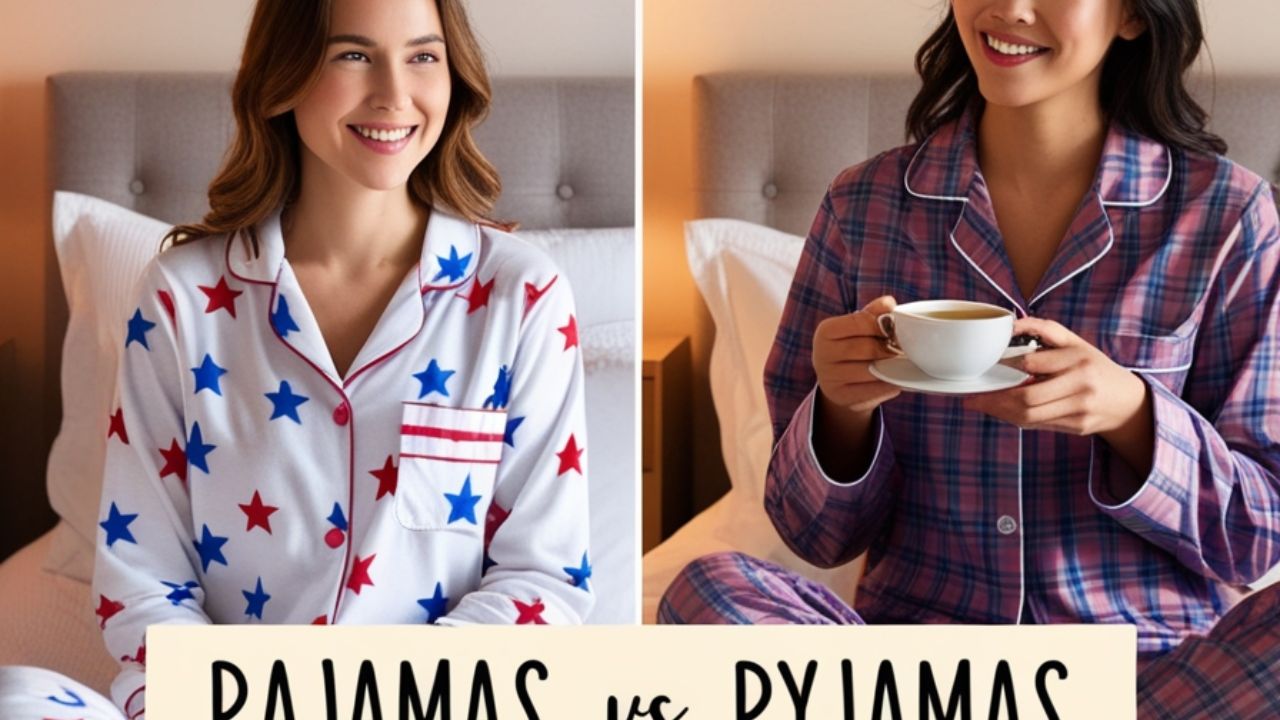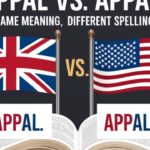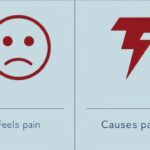Pajamas and pyjamas are both names for the same soft clothes people wear when they sleep or rest. They look alike, feel the same, and give comfort at bedtime. The only change between them is how people from different countries spell the word.
In America and Canada, people usually write it as pajamas. In the United Kingdom and other Commonwealth places, they write it as pyjamas. Both spellings mean the same cozy nightwear, often made of cotton or warm flannel for comfort.
The word came long ago from India and Persia, where it meant “leg clothes.” Later, the British took it into their language, and that’s how the two spellings began. No matter how it’s written, the meaning always stays the same.
What Are Pajamas and Pyjamas? Clear Definitions
Pajamas and pyjamas both mean soft clothes people wear when going to sleep or relaxing at home. They usually come with a shirt and pants made from light or warm fabric, helping the body stay cozy and comfortable through the night.
In the United States, most people use pajamas, while in the United Kingdom and other English-speaking countries, people use pyjamas. Even though the spelling changes, the meaning stays the same. Both show comfort, warmth, and the feeling of bedtime rest.
| Term | Meaning | Common Usage |
| Pajamas | Sleepwear set (American spelling) | Used mainly in the US and Canada |
| Pyjamas | Sleepwear set (British spelling) | Used mainly in the UK, Australia, and other Commonwealth countries |
Etymology and Historical Origins: Where Do Pajamas Come From?
The word pajamas came from old Persian and Indian languages many years ago. It first meant “leg clothes” and was used for loose trousers tied with a string. People in India wore them for comfort during warm nights and peaceful rest.
Later, the British took the word into English when they lived in India. They liked the soft style and brought it home. Over time, the meaning changed to a full sleep set with a shirt and pants worn for bedtime comfort.
- The word pajamas came from the Persian term pāy-jāma, which means “leg garment.” It described loose trousers worn for comfort in warm climates.
- The word entered English through India during British rule, as people there commonly wore these soft, airy clothes for rest.
- Over time, British and American speakers adapted the spelling and meaning, turning it into the modern sleepwear set we now call pajamas or pyjamas.
Regional Spelling Preferences: Pajamas vs. Pyjamas
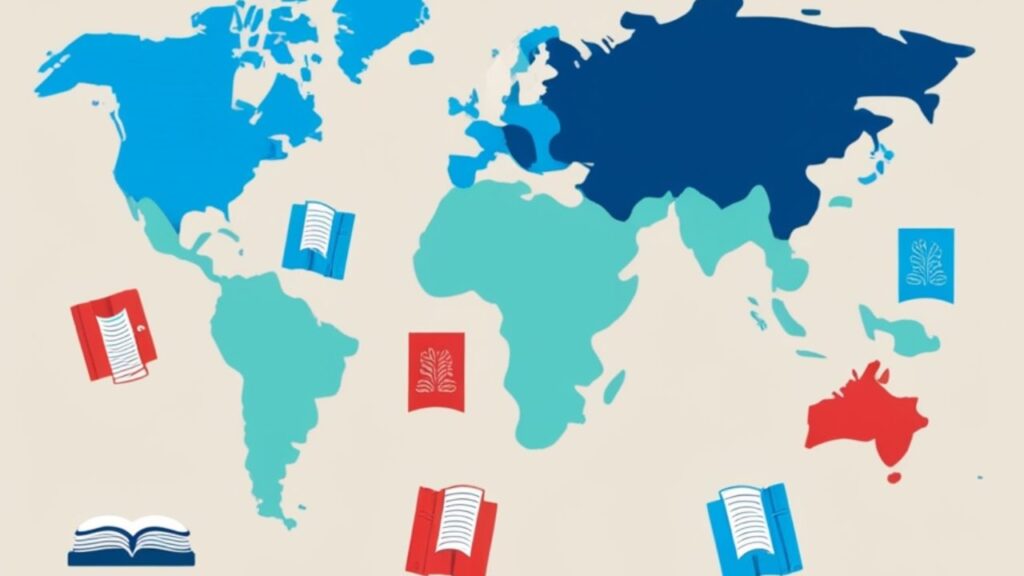
| Region | Preferred Spelling | Notes |
| United States & Canada | Pajamas | Simplified spelling, common in American English |
| United Kingdom & Ireland | Pyjamas | Traditional British English spelling |
| Australia & New Zealand | Pyjamas | Follows British English conventions |
| Other Commonwealth Countries | Pyjamas | British influence remains strong |
Visualizing the Spelling Preferences
| Country | Pajamas Usage (%) | Pyjamas Usage (%) |
| USA | 98 | 2 |
| UK | 10 | 90 |
| Canada | 85 | 15 |
| Australia | 15 | 85 |
Cultural and Linguistic Influences on Pajamas and Pyjamas
The spelling pyjamas grew from British and French styles of writing. Long ago, people in Britain liked using words that looked more French, so they kept this spelling. It became part of their language and stayed popular in schools and books.
The word pajamas became common in America as English changed over time. People wanted simpler spellings that matched how they spoke. Both spellings show how culture and history shape the way people write and use words every day.
- The British spelling pyjamas was shaped by French writing styles, where the “py-” form looked more elegant and formal. This made it fit naturally into British English during the 1800s.
- The American spelling pajamas became simpler as American English began removing extra letters and using sounds that matched pronunciation more closely.
- Both spellings show how culture and language travel together, changing words to match local taste, writing habits, and daily speech over time.
See also Is It Correct to Say Thanks a Ton? Meaning & Usage
Everyday Usage: Colloquialisms and Popular Phrases
- People often say pajama party or pyjama party when friends, especially children, spend the night together wearing their sleepwear and having fun.
- Many schools and offices hold pajama days, where everyone wears comfy clothes to enjoy a relaxed and cheerful atmosphere.
- Phrases like “lazy in pajamas” describe peaceful moments at home, showing comfort, rest, and the simple joy of doing nothing for a while.
Media and Literature: How Pajamas and Pyjamas Appear
Writers and media creators usually stick to regional spelling conventions, but both forms appear frequently worldwide.
Media Examples
- American shows like Friends and The Big Bang Theory use the word pajamas, matching U.S. spelling and lifestyle. Characters often wear them during relaxed, funny bedtime scenes.
- British programs such as Downton Abbey and Peppa Pig prefer pyjamas, keeping the traditional British spelling and pronunciation alive.
- Children’s series Bananas in Pyjamas became famous worldwide, helping the British form spread globally through songs, toys, and classroom activities.
Literary Examples
- British writers like Agatha Christie and Roald Dahl often used the spelling pyjamas in their stories, keeping true to British English traditions.
- American authors such as J.D. Salinger and Mark Twain preferred pajamas, matching the American spelling and pronunciation style.
- In modern children’s books, both spellings appear depending on where the story is published, showing how language connects different readers around the world.
See also Raise Cain Meaning & Usage: A Classic Idiom Explained
Practical Guide: Which Spelling Should You Use?
| Scenario | Recommended Spelling |
| Writing for an American audience | Pajamas |
| Writing for a British/Commonwealth audience | Pyjamas |
| SEO and online content | Consider region-specific keyword research; use both if global reach is important |
| Academic or formal writing | Follow the style guide (e.g., APA prefers American English) |
SEO Insight: Keyword Trends for Pajamas vs. Pyjamas
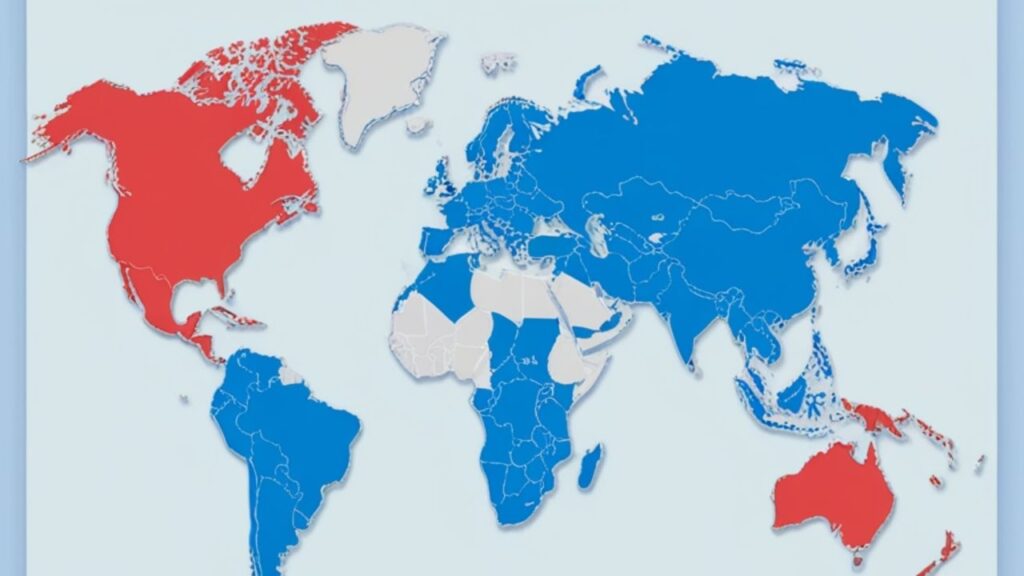
| Keyword | Monthly Searches | Main Region |
| Pajamas | 90,000 | USA, Canada, Global |
| Pyjamas | 30,000 | UK, Australia, NZ |
Final Thoughts
Both pajamas and pyjamas mean the same soft clothes people wear for sleep. The spelling change only shows how English grew in different parts of the world. Each word tells a small story about culture and language.
The two spellings remind us that words can travel and change with people. No matter how they are written, they both bring comfort, warmth, and rest. This makes them a lovely part of bedtime everywhere.
Additional Resources
- Visit the Merriam-Webster Dictionary to learn more about the meaning, pronunciation, and usage of the word pajamas in American English.
- Explore the Oxford English Dictionary for detailed information about pyjamas and its British origins and spelling history.
- Use Google Trends or Google Ngram Viewer to compare how often both spellings appear in books and online searches over time.
FAQS:
Which is correct, pajamas or pyjamas?
Both are correct; “pajamas” is American English, while “pyjamas” is British English.
How do Americans say pyjamas?
Americans say and spell it as “pajamas.”
What do Brits call pajamas?
Brits call them “pyjamas,” following British English spelling.
Is pyjamas British or American?
“Pyjamas” is British English; “pajamas” is American English.

Join Bibcia on a journey to master English grammar. Discover easy lessons, writing tips, and practical examples designed to make learning grammar simple and effective.
